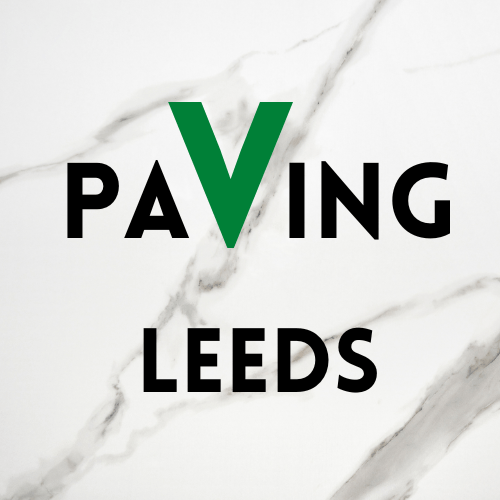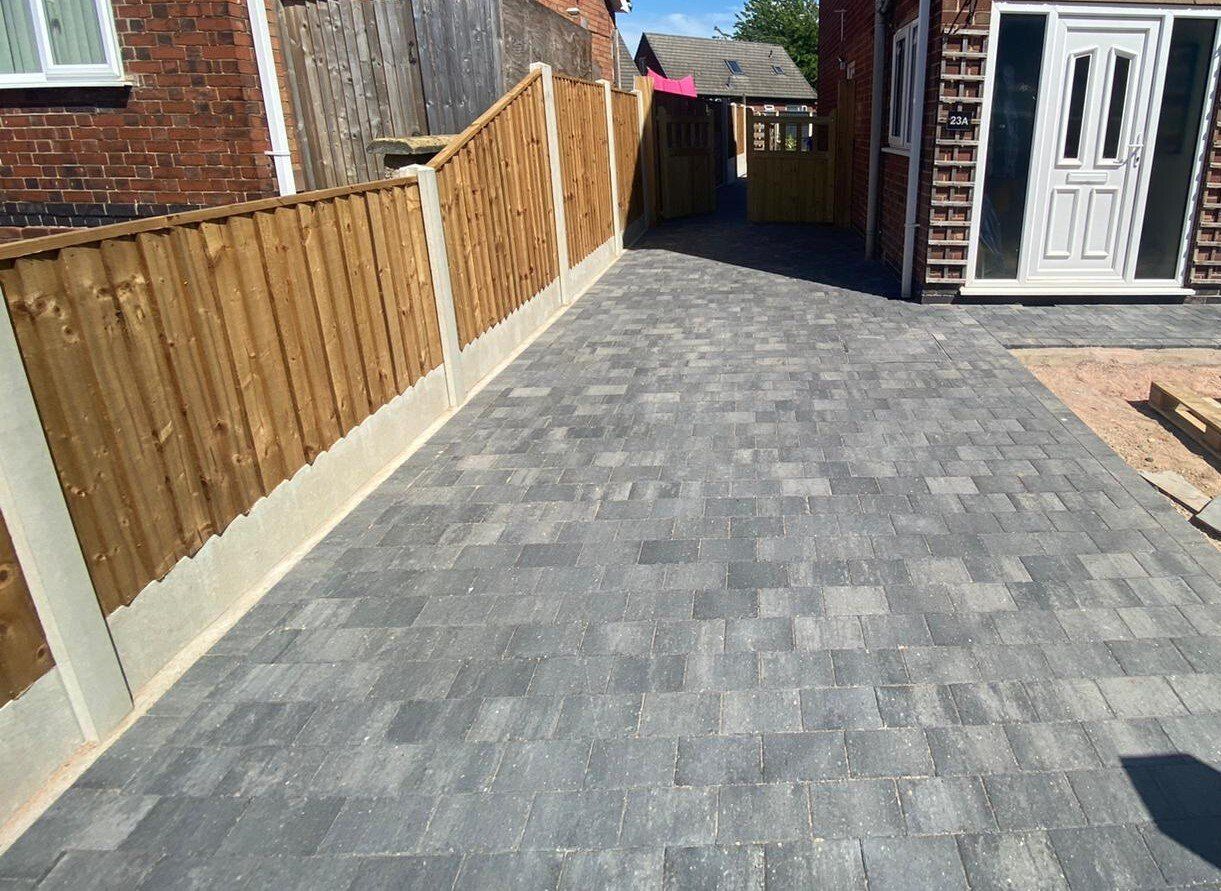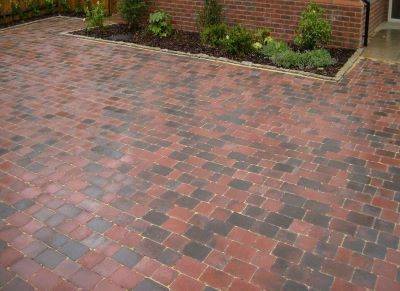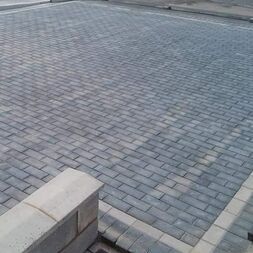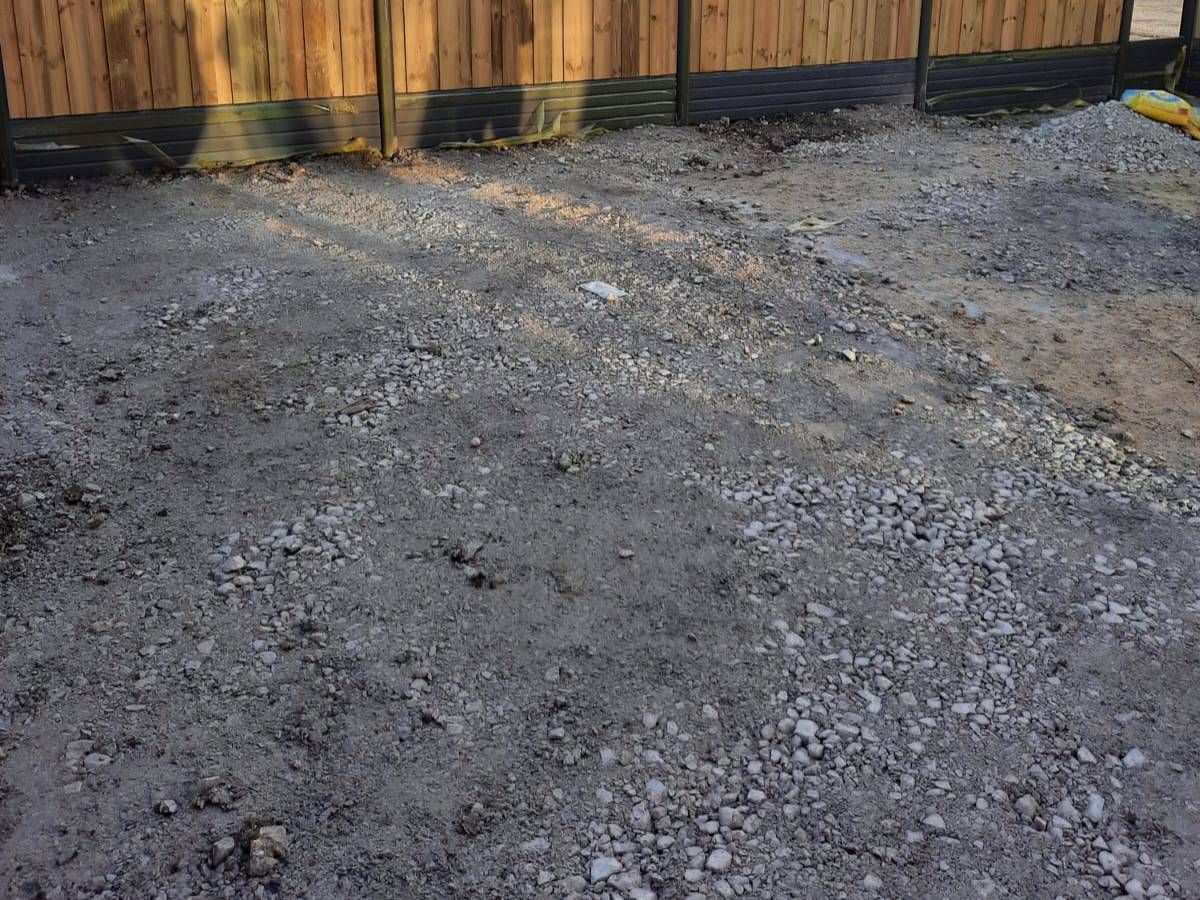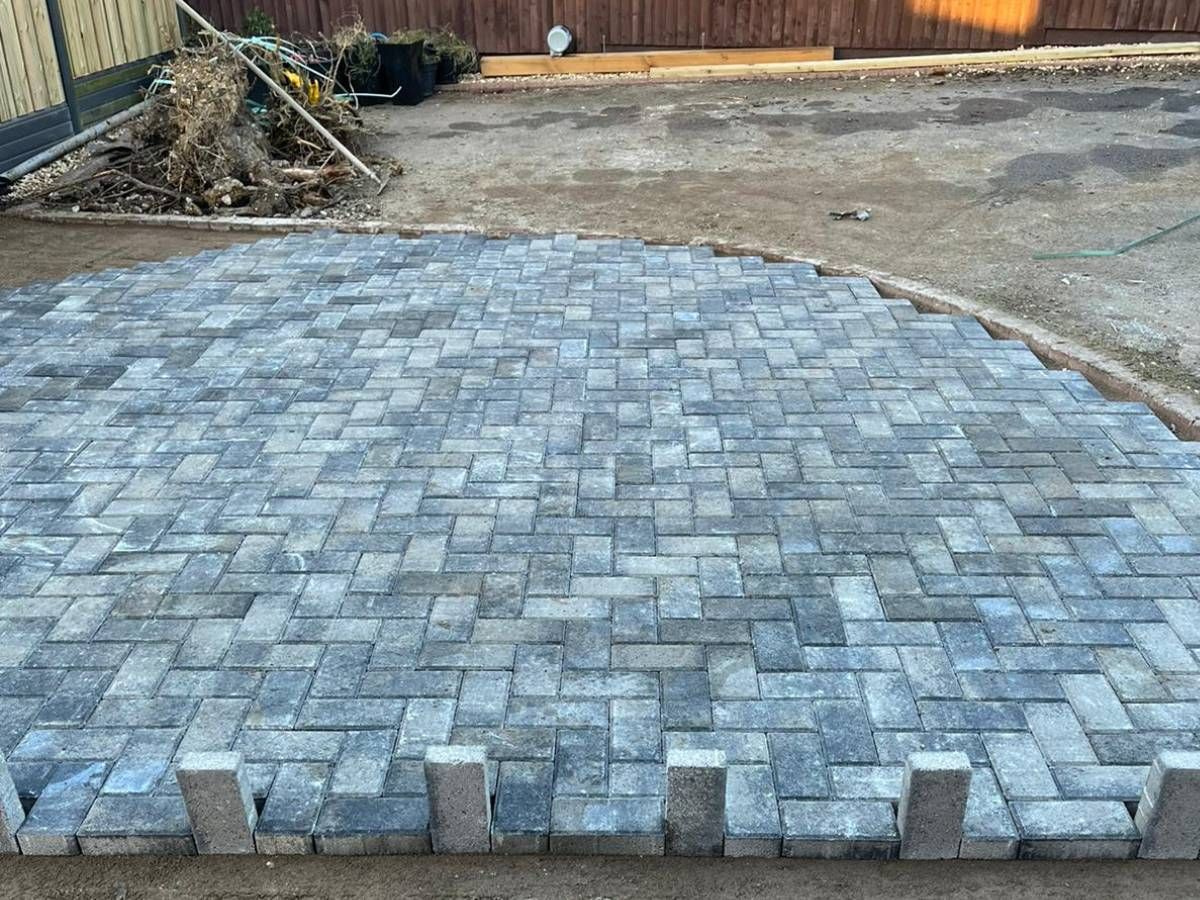Block Paving Leeds
Contact Paving Leeds for block paving driveways and pathways - many styles and layouts available
INCLUDE A PHOTO & MEASUREMENTS FOR A QUICK ESTIMATED BLOCK PAVING QUOTE
SEND ANYTIME 24/7
Paving Leeds block paving enquiry
We will get back to you as soon as possible.
Please try again later.
Block Paving
Block Paving has been very popular since the 1980's initially for driveways and it provided a good quality robust alternative to tarmac and much more practical than gravel. At it's inception the choices for block paving were much less than they are today both in terms of colours, sizes and shapes. In terms of materials the same two account for the bulk of block paving namely cement and clay. However, most of the more modern colours and shapes will be made from cement as the manufacturing process of the raw materials makes it relatively easy to create new shades or colours.
Block paving is a little different in installation compared to the larger slabs as that the surface layer onto which the bricks or blocks are laid will be a sharp sand and screed mix which will take a little longer to set. The sand screed mix will be on top of a suitably compacted sub-base and then once all the blocks are in place brushing in kiln-dried sand into the gaps will stabilise the block paving.
As block paving uses much smaller blocks then the other paving slab alternatives, it is a very good option in you have a gently sloping garden as an alternative to excavating and installing retaining walls which will be required when fitting large pavers
Block Paving layers near me
If you are looking for block paving layers near me in Leeds of the day or night through our 'Send Enquiry' form
Block Paving Installers Leeds
Now that block paving has grown so much in popularity there a a number of block paving options. Firstly let's discuss the material which will either be concrete or clay blocks - or stone imports. Both traditional blocks provide robust surfaces although clay is somewhat tougher making it hard to cut which will add to installation costs. The advantages of cement as a materials will therefore be cost, although there will be a spread of these based on size, shape and colour however, they will be more prone to fading than clay, which will however, be much more limited in colour options. Clay is also a little more prone to to moss growth due to being slightly more permeable than concrete, which therefore provide better drainage. This difference also means that cement block paving is more resistant to spills and stains which is why it is a good choice for driveways. Regarding stone blocks, these could primarily be made up from granite or a sandstone quartz. They are typically reconstituted stone (or engineered stone) meaning that they have be formed using natural stone crushed and then bound together with a resin to form a block this allows them to be made uniformly and provide another material choice.
Block Paving Patterns
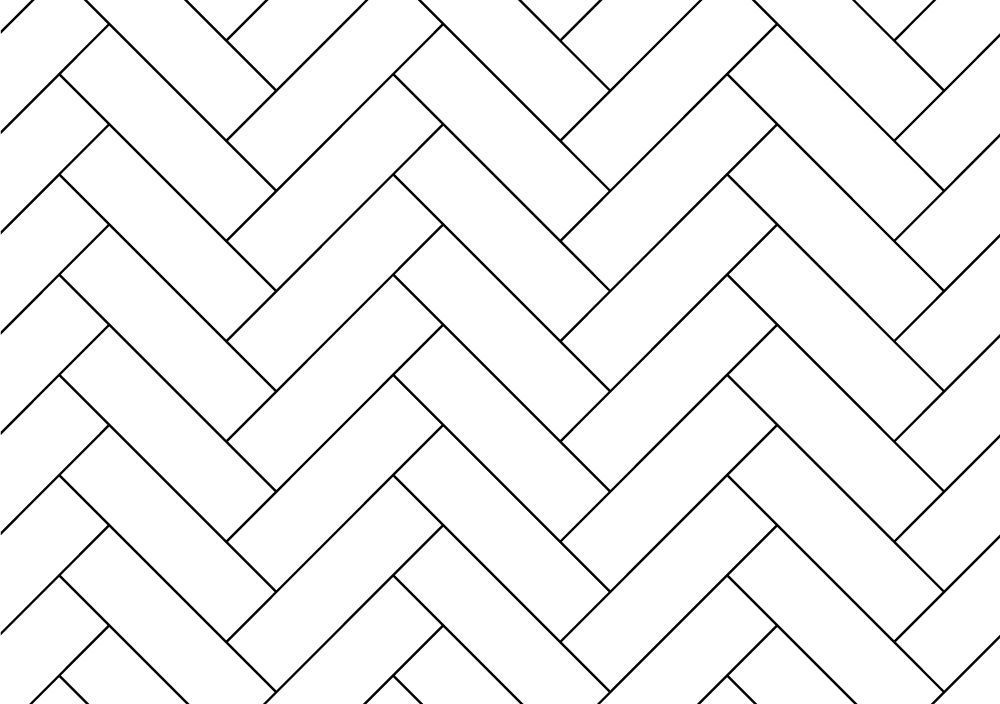
Slide title
Herringbone block paving pattern
Button
Slide title
Herringbone block paving
Button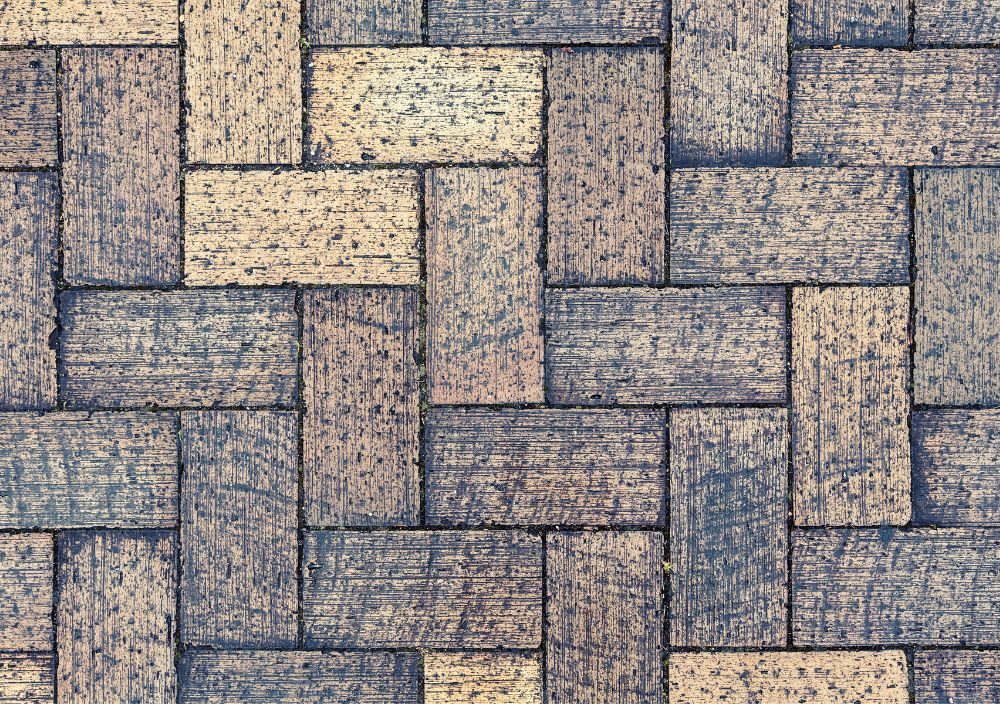
Slide title
Herringbone block paving
Button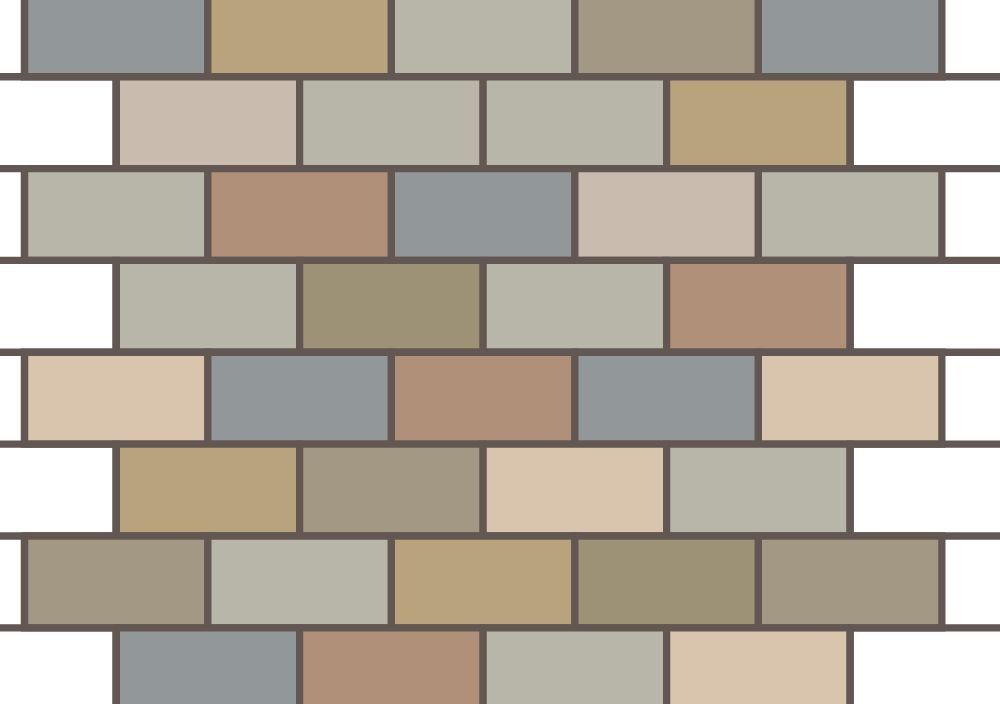
Slide title
Stretcher bond block paving pattern
Button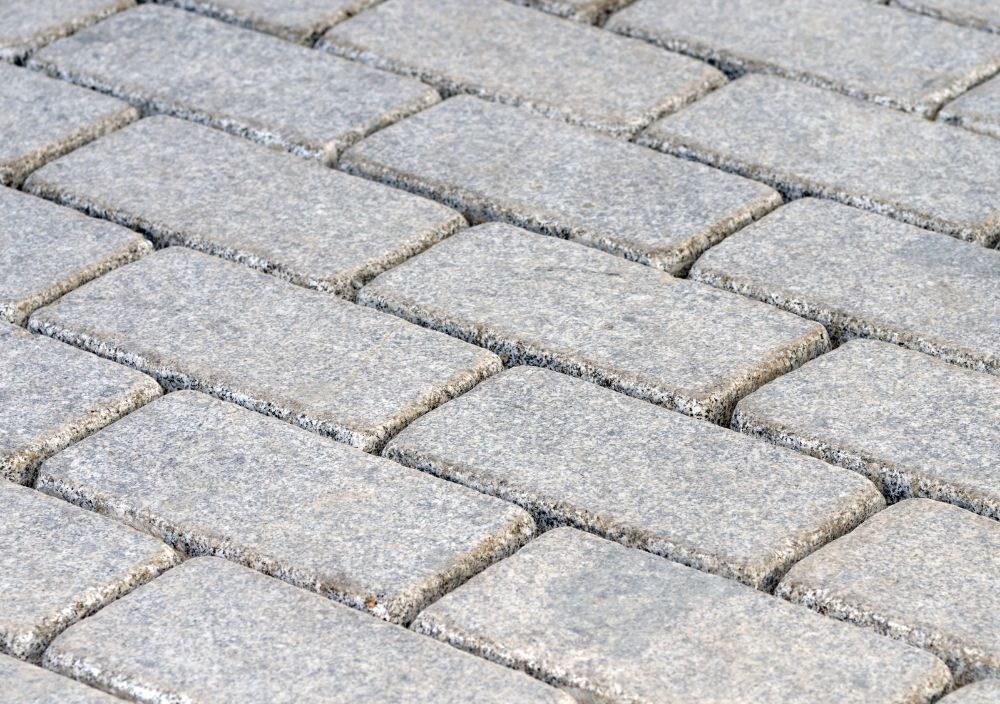
Slide title
Laid tretcher bond block paving pattern
Button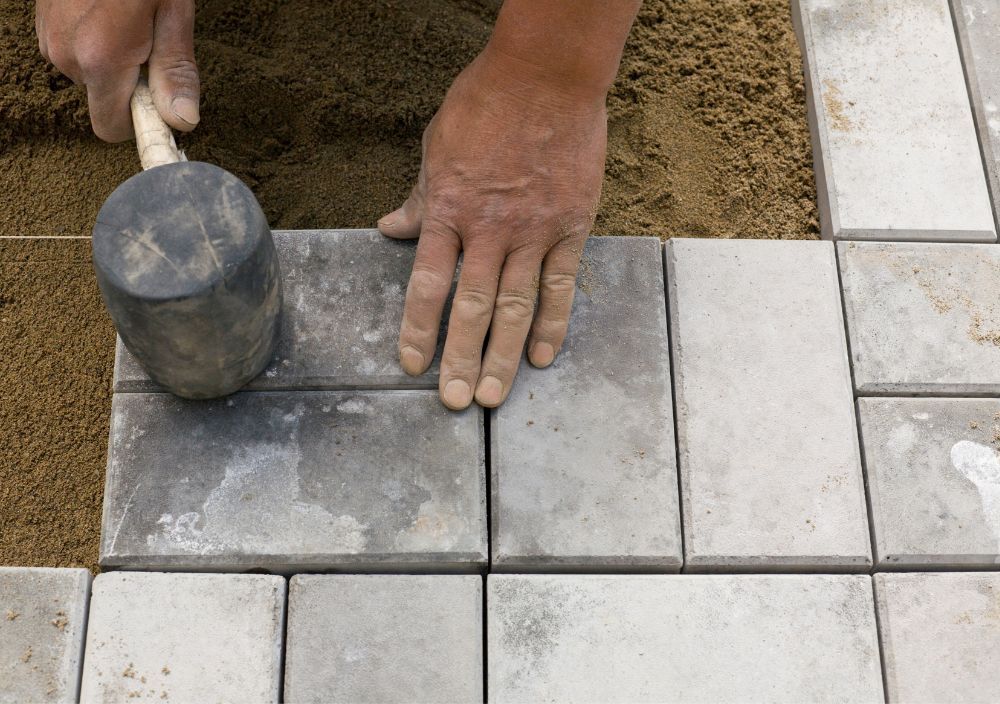
Slide title
Laying a basket weave block paving driveway
Button
Block Paving Shapes
The amount of colour and shape options for cement block paving is huge however, the most popular are shades of red, blue/black and more recently grey. The beauty of block paving is that you can alternate two or more single colour bricks quite easily or opt for a style commonly referred to as brindle block, which is a single brick which has a blend of colours within it.
Clearly colour will be a personal choice but it is important to look at the existing surroundings and if going for a slightly bolder red or yellow option, using a darker block to edge or border your paving can help it blend into its surroundings a little better.
Regarding shapes, this too will come down to personal choice so as well as the standard rectangular or square block shapes such as S-blocks and W-blocks, hexagonal, axe head shaped. However, they are generally associated with commercial premises or public walkways such as town centres as they become more pedestrianised and they can be ordered in very large quantities in one go.
Block Paving Maintenance
One of the first maintenance task will be to add some additional jointing sand after the first few weeks after there has been some settlement of your block paving. For light cleaning the same approach can be applied to block paving as for large pavers - namely a brush with a still broom along with some water detergent mix. With block paving it is important to take preventative action regarding weeds so applying a weed killer after cleaning is well advised.
Whilst pressure washing is a good way to bring out engrained dirt from the bricks this can have a detrimental effect on the jointing between bricks. Utilising a pressure washer on a medium setting and angled at less than 30 degrees, spraying across joints will minimise jointing damage. Whilst it can be very tempting to use a pressure washer to blast our any weeds or moss from joints taking this approach will require joints to be repointed with jointing sand to prevent further and faster weed and moss growth.
Need help?
Looking to install block paving In Leeds?
Frequently Asked Block Paving Questions
-
Can you paint block paving?
The brief reply to the question is yes. However, if you are thinking of repainting your block paving rather than replacing it you should not try to do this on a tight budget - which may seem counterintuitive but it will be counterproductive.
Top-quality acrylic based paints would certainly be best. However, you must understand that to provide resilience these paints will certainly require to be applied heavily and also in numerous coats with a brush or roller. Also, they should be allowed to completely dry normally for a couple of days, so please inspect the forecast prior to starting this course of action. These paints are often designed for warehouses for marking safety routes so the colour options may also be a little unnatural for a garden environment.
With a painted block paving patio - remember this is just a layer and will undergo table and chair bumps and scrapes. It may give a band-aid approach to boosting the look of your patio for a little while but once the paint starts to chip away attempting to overpaint once more will certainly not look great!
-
Can you lay block paving straight onto grass?
Not really, for block paving you really need to proper sub base which the final layer of sand provides a flat surface for the blocks.
-
Which is better for a patio area - decking or block paving?
Clearly, an installer who only does one of these will persuade you down that particular path. However, there are some scenarios where one may have the edge over the other. One of the main ones being the budget you are working with.
As a quick comparison - especially against wooden decking a patio made up from block paving will be stronger, and as a result, last longer and require less maintenance. However, if you want to have a large single level social area and have a garden on a steep slope even composite decking will offer a more cost-effective solution. The decking can be laid on a frame, which can simply be build up from the lower end of the slope. To do the same for a paved patio will require much more death moval and supporting walls to be constructed so will be more costly.
-
Isn't block paving is more suited for a driveway than a patio?
Block paving is great for both especially as it can start from your driveway allowing you to have consistent paving from the front of your house down the sides and to your back garden patio.
Block paving and granit bloack paving is perfectly good option for this.
-
What's the best way to clean block paving?
Clearly, this will depend on how dirty your patio is and whether or not staining has taken place.
Pressure washing can be used but it can push out the jointing sand - although thoroughly cleaning this way will be good preparation for re-jointing and re-sealing when dry.
Business Hours
- Mon - Sun
- -
All Rights Reserved | Paving Leeds - Leeds paving contractors
